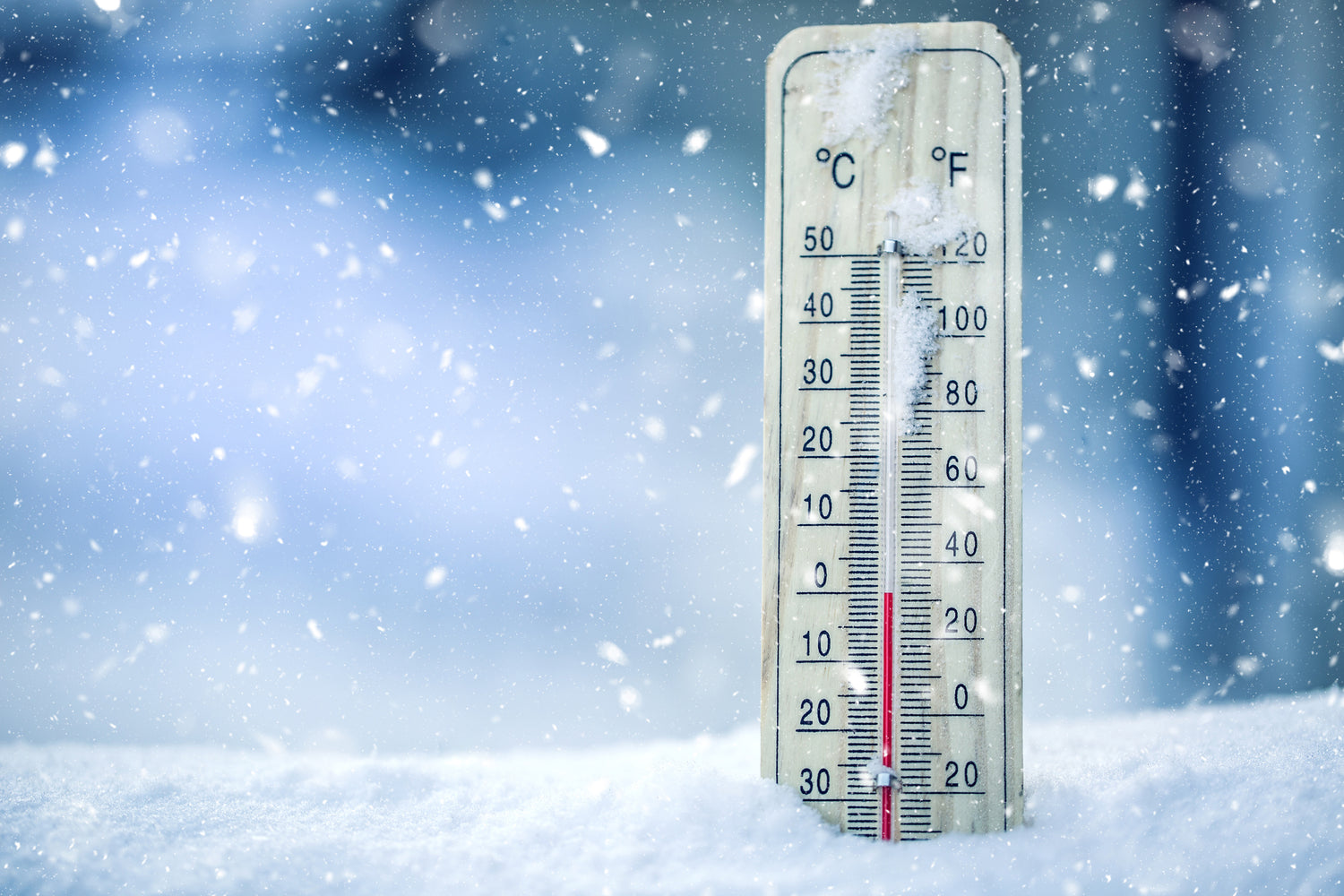Winter brings with it the delightful sight of snow-covered landscapes. However, it also presents challenges like icy walkways and driveways. That's where snow melting mats come into play, offering a convenient solution to prevent accumulation. But a commonly asked question is: how hot do snow melting mats get?
The Science Behind Snow Melting Mats
Snow melting mats, often known as heated walkway or driveway mats, are designed with a specific goal in mind: to melt snow and ice effectively. Their heating mechanism works in relation to the ambient temperature. This means they don't just heat to a predetermined temperature; they adjust based on the surrounding temperature.
The typical snow melting mat, like those from HeatTrak, will maintain an average temperature of 40 degrees above the ambient temperature. To illustrate, if the surrounding temperature is 0 degrees Fahrenheit, the mat will be approximately 40 degrees Fahrenheit.
Why Not a Fixed Hotter Temperature?
There are compelling reasons why the mats don’t just heat up to a higher fixed temperature:
Adaptability: A mat that adjusts based on ambient temperature is more versatile and ensures that it provides just the right amount of heat needed for different snow conditions.
Safety Considerations: A mat that's too hot could pose risks, from burns to damage on certain floor types.
Energy Conservation: By adjusting its temperature based on the environment, the mat conserves energy, which is both eco-friendly and cost-effective.
Durability: Operating at extreme temperatures could wear out the mat faster. An adjustable heating system contributes to the mat's longevity.
The Tech Underneath
Central to these mats is technology similar to heating coils found in electric blankets. These coils, durable and water-resistant, are crafted to evenly distribute heat across the mat's surface.
Companies like HeatTrak have integrated thermostatic controls into their mats. These controls manage the temperature, activating when the external temperature drops to a certain point and deactivating when not required.
Not All Mats are Equal
Although the primary technology is consistent, not all mats function the same. Several factors can impact a snow melting mat’s efficacy:
Material Quality: Premium materials can distribute and maintain heat more effectively.
Coil Density: The arrangement and density of the coils affect the mat's melting capacity.
Size & Thickness: A larger mat might require more time to reach its desired temperature, whereas a thicker mat might retain heat longer.
Thermostatic Controls: Built-in temperature controls contribute to a mat's ability to maintain a consistent temperature.
Wrapping Up
Snow melting mats are an intersection of scientific innovation and practical necessity. When you comprehend the intricacies of their temperature mechanisms, you gain a greater appreciation for the balance brands achieve between efficiency and safety. And as winter's chill sets in, knowledge paired with the right mat ensures clear and safe paths.
Always keep in mind, while the goal of every snow melting mat is efficient snow melting, choosing a product renowned for its quality and durability ensures you're making a wise investment for winters to come!


